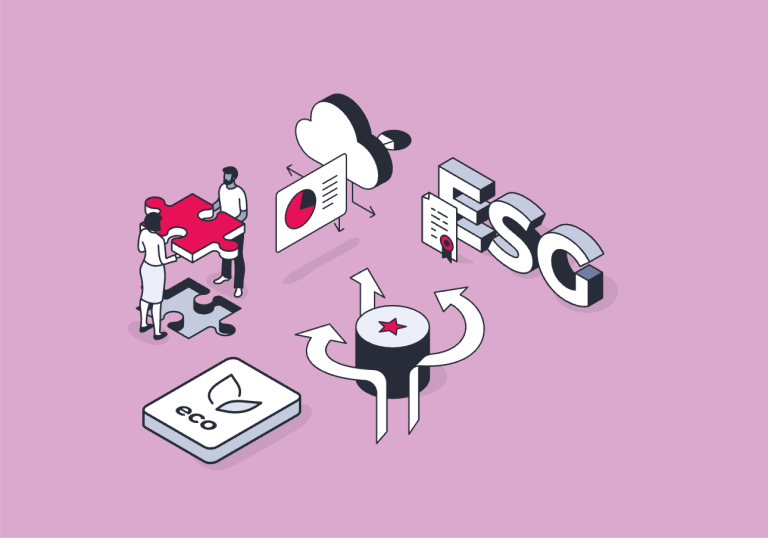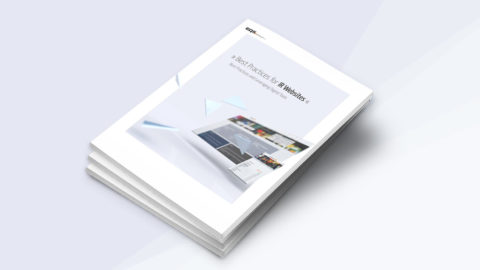Why Rethinking Materiality Is Your ESG Advantage in 2025
ESG Priorities Are Shifting—Is Your Materiality Assessment Keeping Up?

If you completed your materiality assessment a year or two ago and haven’t looked back, you’re not alone. But that doesn’t mean you’re on solid ground. In fact, right now—despite delays in CSRD timelines—is the perfect moment to reassess. Not because you have to, but because it’s strategically smart.
Materiality isn’t just about ticking regulatory boxes. It’s your ESG strategy’s compass. And in a volatile business environment shaped by climate risk, regulatory evolution, and rising stakeholder scrutiny, knowing what truly matters is your edge.
Materiality as a Strategic Compass
Done right, a materiality assessment helps your business:
- Prioritize what matters: Identify the ESG topics that carry real weight—financially, operationally, and reputationally.
- Understand stakeholder expectations: Gather clear signals from employees, customers, investors, regulators, and society at large.
- Spot risks and opportunities early: Use ESG data to drive better decisions, manage risk, and uncover innovation potential.
- Create focused impact: Avoid ESG sprawl. Concentrate on initiatives that align with your strategy and deliver measurable results.
It’s not about compliance. It’s about clarity.
Why Now Is the Time to Reassess Materiality
CSRD Delay = Strategic Breathing Room
The postponement of CSRD obligations gives companies time to go beyond check-the-box reporting. Use this window to build a focused, credible ESG foundation that can scale when the rules kick in.
- ESG Priorities Are Evolving
With supply chain resilience, product innovation, and decarbonization rising on the agenda, businesses need to realign what’s material. A refreshed assessment helps you invest effort where it drives the most value.
- Stakeholder Expectations Are Moving Fast
Geopolitical risks, AI disruption, social equity, biodiversity—if your materiality data is outdated, you’re flying blind. Business as usual is no longer enough.
- Future-Proof Your ESG Strategy
Whether you’re in scope today or not, CSRD and other global standards are converging. Reassessing now means you’re prepared for tomorrow’s expectations—without scrambling.
What a Modern Materiality Assessment Must Deliver
Richer, More Reliable Insights
Use a mix of quantitative and qualitative methods—from interviews to AI-backed analysis—to ground your materiality results in credible evidence.
Double Materiality by Design
Assess both:
- How ESG issues affect your financial performance (outside-in)
- How your company impacts the environment and society (inside-out)
Direct Stakeholder Input
Collect structured feedback from across your ecosystem—employees, suppliers, investors, customers—via digital surveys and facilitated dialogue.
Strategic Integration
Materiality results should drive your ESG strategy. That means feeding directly into KPIs, action plans, and decision-making frameworks.
Built-In Agility
Materiality isn’t static. Reassess every 1–2 years—or sooner—if your market, business model, or external risks shift.
The EQS Sustainability Cockpit: Turning Insight into Action
The EQS Sustainability Cockpit simplifies materiality assessments and makes them matter:
- Structured, guided process: Step-by-step workflow to conduct a complete, standards-aligned assessment.
- Digital stakeholder engagement: Launch internal and external surveys with built-in analysis.
- Automated topic prioritization: Apply double materiality logic to quickly see which topics require attention.
- Strategic linkage: Connect results directly to your KPIs, targets, and reporting structure.
- Easy updates: Refresh the assessment when conditions change—no need to start from scratch.
This isn’t just another ESG tool. It’s how materiality becomes the engine of your sustainability strategy.
The Bottom Line
Materiality is more than a report. It’s the foundation for ESG decisions that hold up—under scrutiny and over time.
Companies that rethink materiality now will:
- Navigate uncertainty with confidence
- Focus resources where they matter most
- Build trust with stakeholders
- Be ready for regulation—and ahead of competitors
The EQS Sustainability Cockpit is built to help you do exactly that.

A comprehensive, audited system designed to address complex reporting requirements across multiple frameworks and regulations.




